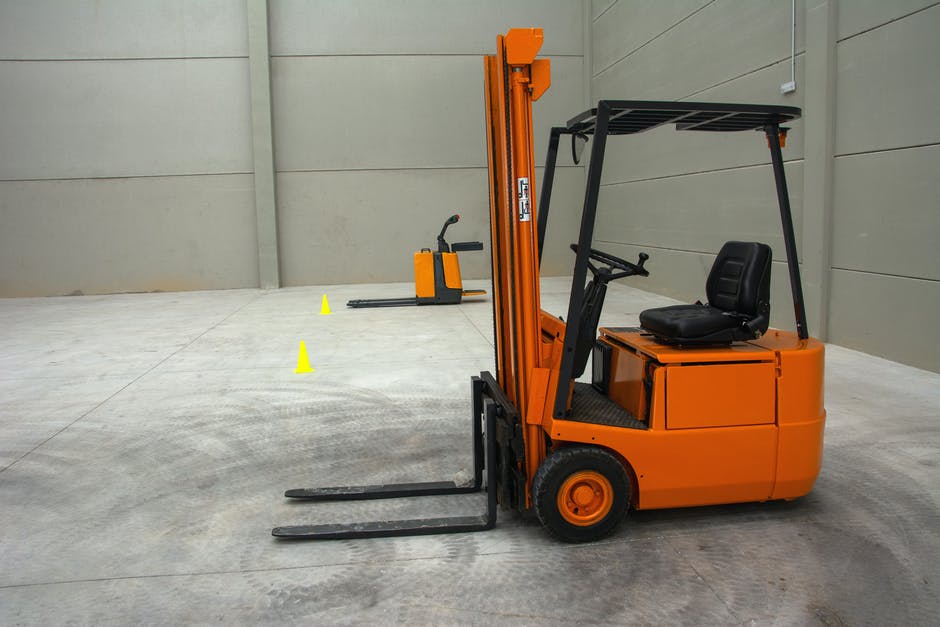Forklift accidents caused at least 78 deaths and 7,290 injuries in 2020 alone. Clearly, forklifts are a common workplace safety hazard. Are you worried about forklift hazards in your warehouse? It’s important to learn how to keep workers safe. Read on for a quick guide on how to lower the risks of a forklift warehouse accident.
What Causes Forklift Accidents?
The majority of forklift accidents are avoidable, like similar workplace safety issues. For example, pedestrian incidents make up 20% (fatal) and 13% (non-fatal) of total forklift accidents, according to the Bureau of Labor.
These incidents are generally caused by the forklift operator and/or the pedestrian not paying attention. Other common causes of forklift accidents include:
- Improper load handling
- Lack of hazard and warning signs
- Maintenance issues
- Operator fatigue or injury
- Training and certification lapses
- Exceeding weight capacity
- Excessive speed
- Driving with elevated load
- Unsafe trailer load conditions
These issues can cause forklifts to tip, crash, malfunction, and roll over. This is a huge safety hazard for the forklift operator and any workers unlucky enough to get caught in the accident. They risk major injury and death from forklift accidents.
Even if everyone escapes uninjured, your warehouse inventory will still suffer damage. Best practices for workplace safety are key to avoiding injured workers and expensive losses.
Best Practices to Reduce Forklift Hazards
Like all workplace safety best practices, reducing forklift hazards requires the five Es of safety:
- Education
- Encouragement
- Engineering
- Enforcement
- Evaluation
These safety elements are easy to apply to forklift hazards. You can raise your workplace safety rate and lower your forklift accidents with a few simple measures.
Maintaining Forklift Training and Certification
Your company should have a regular forklift training and certification program. The program should also be in-line with company policies, state laws, and OSHA safety standards. Untrained forklift operators are a huge risk to workplace safety.
Promoting Employee Health and Safety
Forklift operators are vulnerable to certain injuries, especially if they operate the forklift for too long. Forklift accidents are common when workers are tired and distracted by pain and discomfort.
Creating Safety Zones
Forklift accidents with pedestrians happen when forklifts and other workers unexpectedly cross paths. You can use warning systems, signs, and designated walkways to reduce these collisions.
Ensuring Proper Equipment Maintenance
Faulty equipment creates many forklift hazards, including malfunctions and failures. It’s important to inspect your equipment and know the signs of old or worn parts.
Periodic Safety Inspections
Inspections help you find any workplace safety setbacks in your program. They can also find potential problem areas lurking in your workplace.
Inspections can be periodic and random. Both OSHA and state laws have their own requirements for workplace safety inspections.
Reduce Your Forklift Warehouse Accident Rate to Zero
Forklift hazards are largely avoidable. You can easily reduce the risks of a forklift warehouse accident in your workplace with proper safety standards.
Does your forklift need replacement parts? Contact us for high-quality parts and service today!

